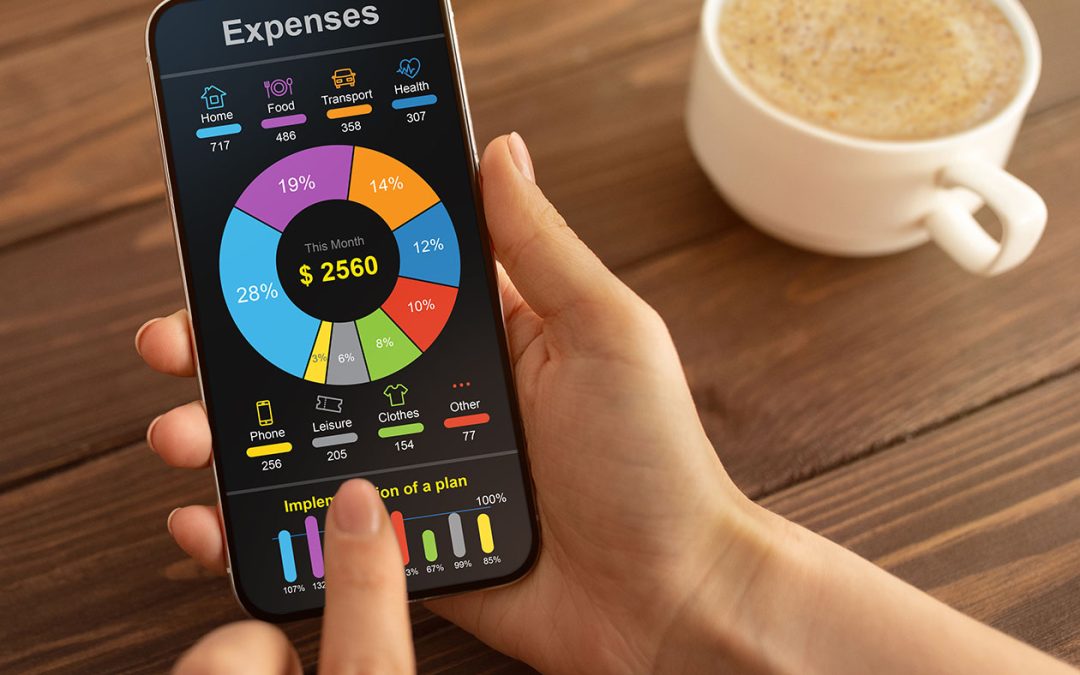Sometimes the hardest thing about saving money is just getting started. This step-by-step guide can help you develop a simple and realistic strategy, so that you can save for all your short- and long-term goals.
1
Record your expenses
The first step to start saving money is figuring out how much you spend. Keep track of all your expenses—that means every coffee, household item and cash tip as well as regular monthly bills. Record your expenses however is easiest for you—a pencil and paper, a simple spreadsheet or a free online spending tracker or app. Once you have your data, organize the numbers by categories, such as gas, groceries and mortgage, and total each amount. Use your credit card and bank statements to make sure you’ve included everything.
2
Include saving in your budget
Now that you know what you spend in a month, you can begin to create a budget. Your budget should show what your expenses are relative to your income, so that you can plan your spending and limit overspending. Be sure to factor in expenses that occur regularly but not every month, such as car maintenance. Include a savings category in your budget and aim to save an amount that initially feels comfortable to you. Plan on eventually increasing your savings by up to 15 to 20 percent of your income.
3
Find ways to cut spending
If you can’t save as much as you’d like, it might be time to cut back on expenses. Identify nonessentials, such as entertainment and dining out, that you can spend less on. Look for ways to save on your fixed monthly expenses, such as your car insurance or cell phone plan, as well. Other ideas for trimming everyday expenses include:
4
Set savings goals
One of the best ways to save money is to set a goal. Start by thinking about what you might want to save for—both in the short term (one to three years) and the long term (four or more years). Then estimate how much money you’ll need and how long it might take you to save it.
5
Determine your financial priorities
After your expenses and income, your goals are likely to have the biggest impact on how you allocate your savings. For example, if you know you’re going to need to replace your car in the near future, you could start putting away money for one now. But be sure to remember long-term goals—it’s important that planning for retirement doesn’t take a back seat to shorter-term needs. Learning how to prioritize your savings goals can give you a clear idea of how to allocate your savings.
6
Pick the right tools
There are many savings and investment accounts suitable for short- and long-term goals. And you don’t have to pick just one. Look carefully at all the options and consider balance minimums, fees, interest rates, risk and how soon you’ll need the money so you can choose the mix that will help you best save for your goals.
7
Make saving automatic
Almost all banks offer automated transfers between your checking and savings accounts. You can choose when, how much and where to transfer money or even split your direct deposit so that a portion of every paycheck goes directly into your savings account. The advantage: You don’t have to think about it, and you’re less likely to spend the money instead. Other easy savings tools include credit card rewards and spare change programs, which round up transactions to the nearest dollar and transfer the difference into a savings or investment account.
8
Watch your savings grow
Review your budget and check your progress every month. That will help you not only stick to your personal savings plan, but also identify and fix problems quickly. Understanding how to save money may even inspire you to find more ways to save and hit your goals faster.
Remember that securities are not insured by the FDIC, are not deposits or other obligations of a bank and are not guaranteed by a bank. They are subject to investment risks, including the possible loss of your principal.

